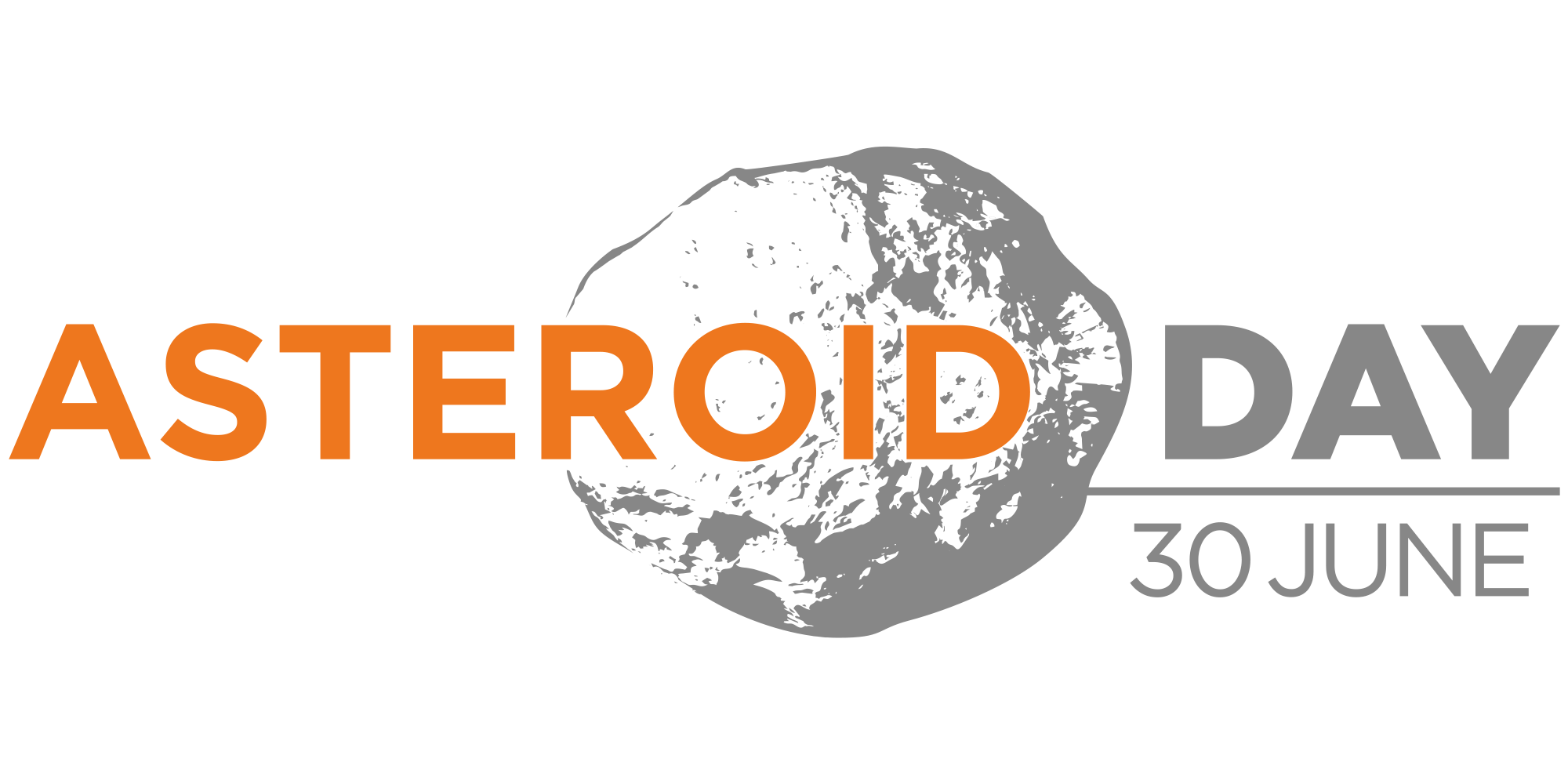DiRAC Fellow Rebecca Phillipson has been awarded a Mathematical and Physical Sciences Ascending Postdoctoral Research Fellowship (MPS-Ascend) to conduct a program of research and education at the University of Washington. This new prize fellowship is intended to recognize beginning investigators of significant potential, and provide them with experience in research that will broaden participation in mathematics and the physical sciences. Dr. Phillipson plans to […]
Read More »DiRAC Researcher Part of Inaugural Cohort of New NSF Fellows
September 15, 2021 | DiRAC NEWS

